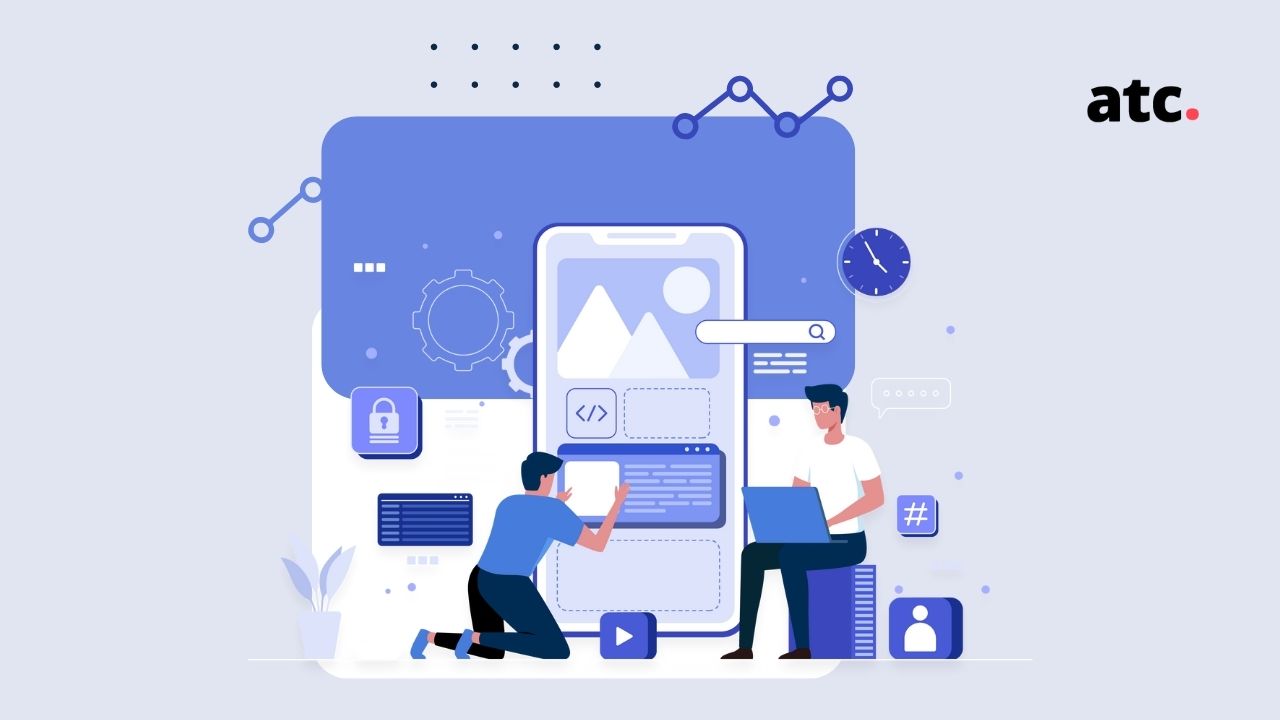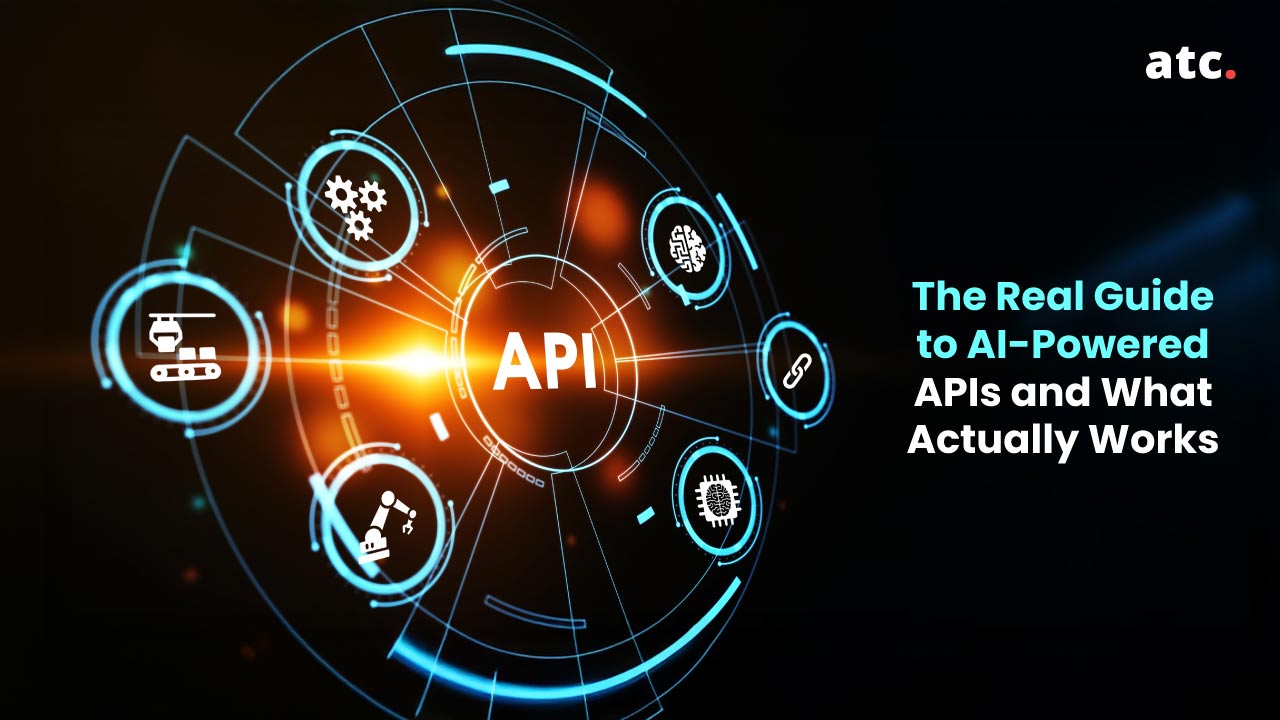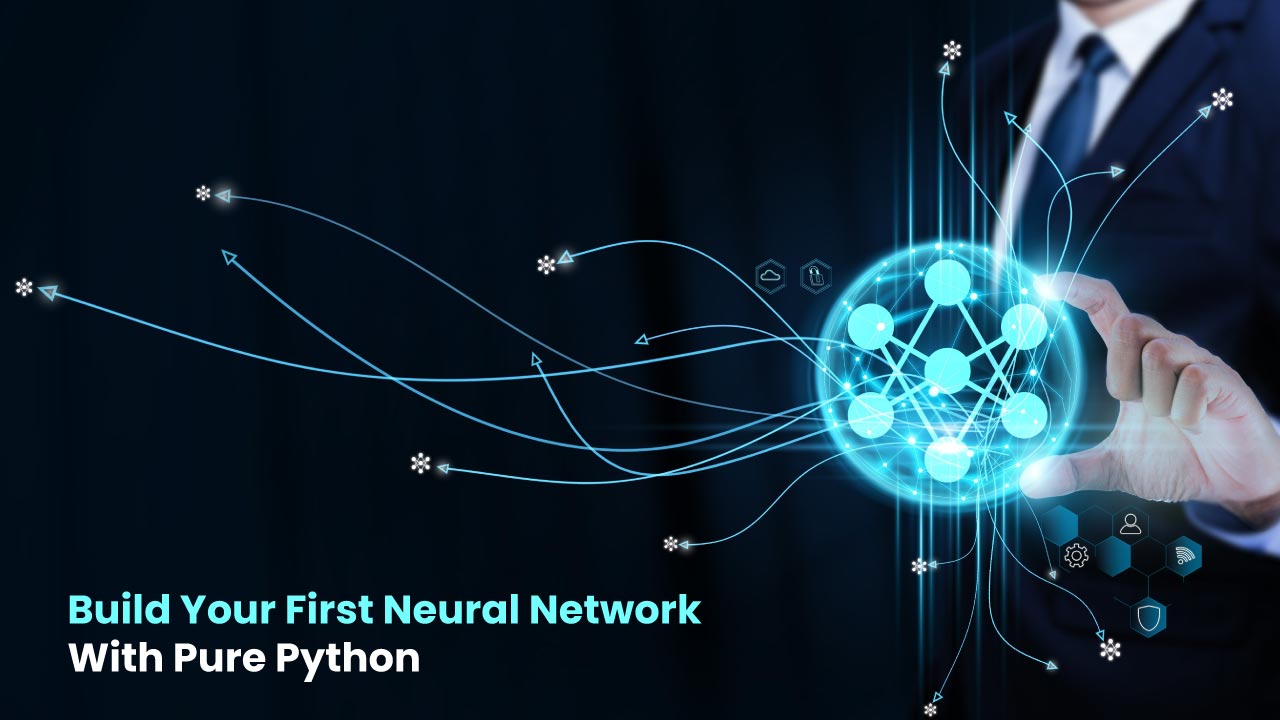Subscribe to the blog
SaaS Pricing is never an easy task. The SaaS pricing model can make or break the sustainability of your business and SaaS product. That's because the cost of your product is not just indicative of its value, but also reflects your product positioning and ideal customer persona.
The pricing of your product can establish your brand in the market too, so it's essential to get it right. In this blog, we focus on one popular pricing model known as the Freemium pricing model and explore its pros and cons.
What is the freemium model?
Freemium is a portmanteau of the words free and premium. It's a pricing strategy where businesses provide a free version of the product or service that all users can avail, to encourage them to upgrade to a paid version of the product in the future.
The main aim of the pricing model is to acquire more customers through the "free" experience and features of the product, and then convert them into paying customers once they get used to the product. In product-led SaaS business models, this strategy especially makes sense. You can give your users a free trial or demo access, but it's better than those two options. Why? Because it provides the complete experience to the customer, who will need to upgrade to use the product or service in its entirety.
The freemium model helps create a vital touchpoint for converting and nurturing leads. You can boost your revenue through existing users.
How is the freemium model different from free trials?
Free trials are essentially time-bound trials of products or services. In a customer journey, a 7-day trial or a 30-day trial may not be enough to test all features or experiment with various offerings of the product. If they cannot get a well-rounded experience in the trial period, their assessment of whether the product is suited to their needs — based on insufficient data — will also work against the product.
On the other hand, the Freemium model drives no time limit on the users. They can come back to the free version of the product at any time, test out features as per need, and the moment they find a feature that is indispensable for them, they will immediately subscribe to your product or service, no questions asked. The loyalty of a customer converted in such a way is also likely to be higher.
The benefits of a freemium model for SaaS products
There are particular pros of using this model for SaaS pricing, explained as follows:
- Robust customer acquisition, conversion, and retention
The Freemium model works for SaaS businesses and products because the value proposition for the user/customer is very tangible: completely free to use without any time restrictions.
Consider a situation where the market has few substitutes for your product, and none of them offers a free version. It is an undeniably tempting offer: you can attract a large number of users to capture their feedback and usage trends for further product development, even if not all of them convert into a paying user base. These insights can help you strengthen your product's positioning.
Once your target users start using the SaaS product, you can establish the perceived value of the offering. Use this opportunity to show them the value addition of your product, become thought leaders in the industry, and attend to customer feedback proactively.
When customers are converted through the freemium model, they are likely to have purchased a lot of thought, trial, and conviction. This conviction translates into longevity in the use of the product. This reduces the churn rate and boosts the customer lifetime value, both signs of a positively sustainable business.
Since customers buy the paid version only after seeing the product's value in its free avatar, they are also likely to become advocates for the product down the line. Nothing works like word-of-mouth!
- Product-led business growth
SaaS businesses often rely on product-led business growth. This means you are allowing your product to do the talking. Your software service should be meritorious enough to sell itself. The freemium model facilitates this in a big way. It lets your customers experience the actual product, so their entire focus is on trying the product and upgrading to a paid tier once they hit the roof on the free version.
This can massively cut down on your sales efforts like demos or run-throughs, so you can redirect the money saved into the product itself, reinforcing the idea that your product can stand out in the crowd based on superior features and user experience.
- Less strain on business resources
The Freemium model changes the tone of your business development and sales operations. It takes the pressure of intense financial commitments from the sales side of things and builds client relationships. It is a gentler, more humane approach to customer acquisition and retention. The user gets to make an informed decision, and the sales team provides a fundamental value proposition without the hassle of demo or trial-period-urgency.
All these points make the Freemium model seem like a bulletproof solution for your pricing strategy, but there's more to it than visible to our eyes.
The SaaS Freemium model comes with a range of risks as well. These include:
- Gaps in perceived value
Very often, users assess the value of a product with its cost. If they haven't paid anything for the product, they may not deem it valuable. When creating a freemium model for your SaaS product, keep in mind that the first-time user isn't yet "all-in." Unless someone is financially invested, it can be hard to care about a product. It can also be hard to shake off the idea that they are paying for a "free" product.
Making users see the value correctly can be tricky but essential.
- Revenue Killer
One of the biggest challenges you'll face in the SaaS freemium model is the uncertainty of paying subscribers vis-a-vis the overall user base. You don't want to run into a situation where your broad customer base is increasing by leaps and bounds, but there isn't any uptick in paying subscribers. That would hurt your financial sustainability.
This also means you have to be very careful about the division between the two versions of your product – premium and free – and carefully balance the value proposition of both. On the one hand, you want the free version to be functional and attractive enough to turn lurkers into users. So you don't want to gatekeep all critical or exciting features. On the other hand, you shouldn't offer all the features in the free version because that will undermine the utility of the premium version, and customers will see no point in paying for it.
- Resource optimization challenge
Of course, you would want to offer the best customer support experience to all your users because:
- Premium customers are paying and therefore merit additional efforts
- The customers currently on the free version are prospects you can convert within minutes
Still, the only paying customers are funding your business. If non-paying customers are demanding, it can put a strain on your limited resources.
This extends to your main offering too. If you stretch yourself too thin with non-paying users, your platform will have to bear the brunt of a huge number, but there may not be a corresponding increase in the company's financial health that can handle the number.
The In-between: When Do Freemium Models Work?
From what we've learned so far, freemium models have both pros and cons. They can work as a lead generation tactic, a marketing gimmick, and a sales resource, all in one. But they need to be implemented with thoroughness and exactitude and an intricate understanding of user psychology.
The Freemium model for SaaS works well when there's already a steady, paying subscriber base for your product, and you want to attract more customers. But before you take the plunge, ask yourself:
- Why are you offering a free version? Will that agitate the paid users?
- Have you measured the possible impact on your financial sustainability in both the best and worst response scenarios?
- Is there enough motivation for customers to upgrade from the free to the paid subscription?
- How else can you monetize and engage with users that you're unable to convert or retain?
- Would you be able to capture market intelligence and feedback from all these users?
Before going ahead with a Freemium model, think through all possibilities and ensure it's a good fit for you. It can be an excellent marketing and business development tool in the proper context.
Want to know more about SaaS pricing and solutions? Find more details in the ATC blog.




